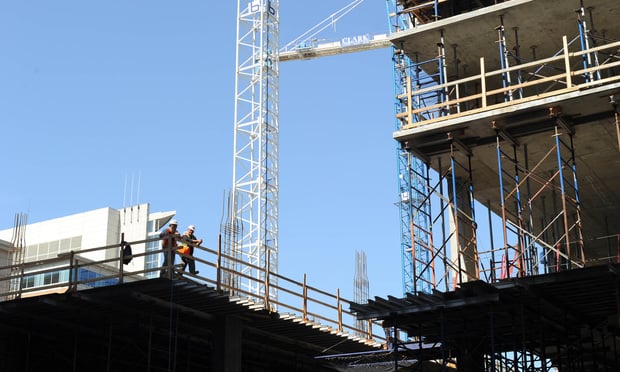"Build-to-suits have become a trend to watch for severalreasons," CB Richard Ellis Inc. industrial broker David Murphytells GlobeSt.com. "Our speculative market has decreaseddramatically under adverse market conditions, leaving room fordevelopers to provide build-to-suit options to tenants."
Additionally, large industrial tenants have begun aconsolidation trend, particularly in the logistics sector.
"These tenants are opting for fewer locations but very largeindustrial boxes, many times in the 500,000-sf or larger category,"Murphy says. "Regardless of market, there are typically fewspeculative projects available of this size at any given time, sothey end up as build-to-suit candidates."
Continue Reading for Free
Register and gain access to:
- Breaking commercial real estate news and analysis, on-site and via our newsletters and custom alerts
- Educational webcasts, white papers, and ebooks from industry thought leaders
- Critical coverage of the property casualty insurance and financial advisory markets on our other ALM sites, PropertyCasualty360 and ThinkAdvisor
*May exclude premium content
Already have an account?
Sign In Now
© 2024 ALM Global, LLC, All Rights Reserved. Request academic re-use from www.copyright.com. All other uses, submit a request to [email protected]. For more information visit Asset & Logo Licensing.








